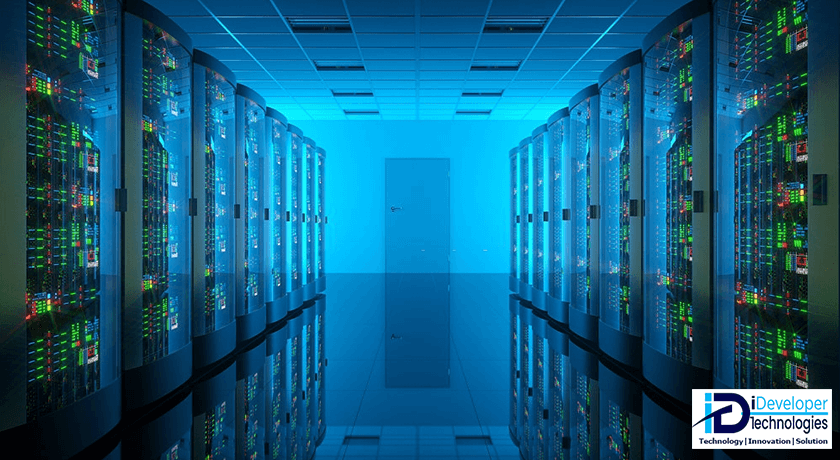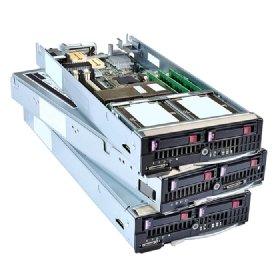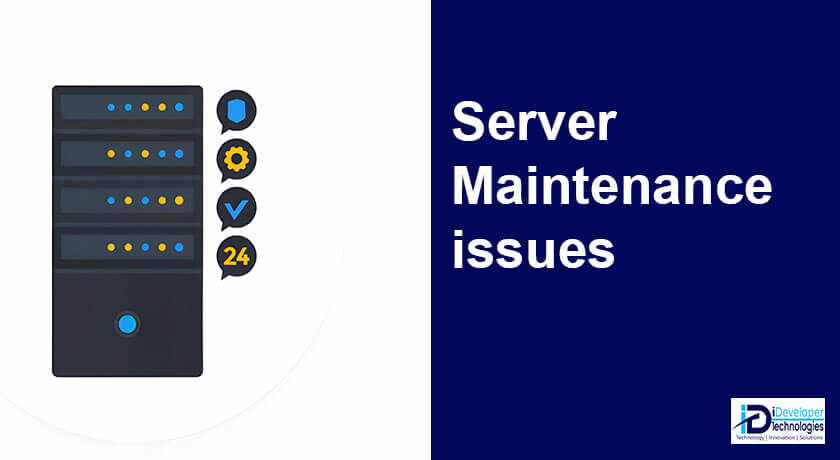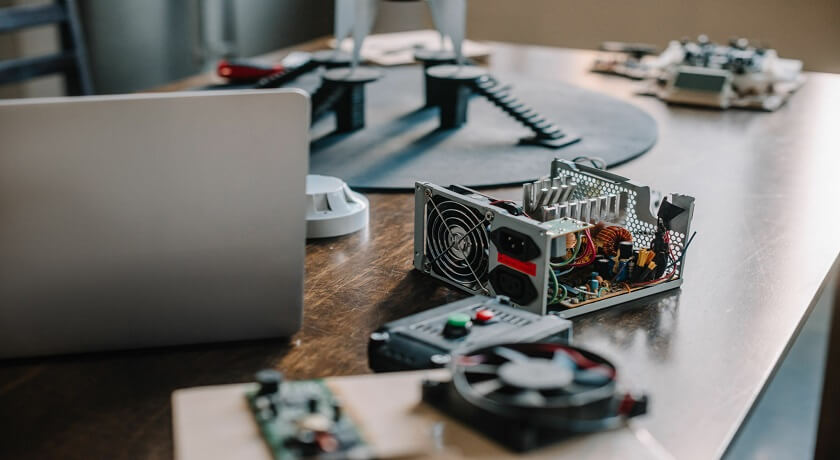Servers are the backbone of modern IT infrastructure, providing essential services and resources for businesses…

All About Blade Server and Rack Server for Business in Kenya
Servers comes in different shapes, design and sizes. blade and Rack Servers in Kenya are most popular designs locally and Globally. In this post we take a look at blade and Rack Servers in Kenya, particularly to the small business in Kenya.
What is a Rack Server?
A rack server, also known as a rack-mounted server, is any server that is designed to be mounted within a server rack. Rack servers are general-purpose machines that can be configured to meet a variety of needs. They are most commonly found in data centers, but they can also be found in smaller computer closets.
With our experience offering Server Installation, configuration and Maintenance solutions in Kenya, we have interacted with various design of server machines.
A rack server is wider than a traditional server in Kenya, which looks similar to a PC. As a result, depending on the design, it can be secured into the rack using mounting screws or rails. Because of the lower upfront costs, they are the best choice if you only need a small number of servers.
The height of the system, or the number of rack units it may require, can vary greatly. Depending on what the system requires. Larger servers can accommodate more CPUs, memory, and other components. The servers are stacked one on top of the other within a rack. To assist in reducing the amount of space required.

Benefits of a Rack Server
While the type of server you use is largely determined by the scenario, there are several benefits to using a smaller rack server over a blade server:
1. Power
Rack servers are typically built with all of the components required to function as a stand-alone system. They have a lot of power and are used to run high-end applications.
2. Convenience
Being able to easily mount a server within a rack is convenient and saves a lot of space, particularly when compared to a traditional tower style server.
3. Cooling
A rack server is easier to cool than most others. They typically have internal fans, and placing them in a rack increases airflow.
4. Ideal for Lower Quantity
Rack servers are ideal for when you need more than one server (but fewer than 10) because they do not require a large chassis.
What is a Blade Server?
A blade server is a modular server that allows for the housing of multiple servers in a smaller space. These servers are physically thin and typically contain only CPUs, memory, integrated network controllers, and, on occasion, storage drives.
The server chassis will facilitate any required video cards or other components. Which is where the blades fit. Blade servers are frequently found in large data centers. Because of their ability to fit a large number of servers into a single rack and provide a high level of processing power.
Like other IT Equipment Server Computers needs frequent repair and maintenance for optimal operation

In most cases, a large chassis, such as HPE’s Blade System, is mounted in a server rack, and multiple blade servers slide into the chassis. The chassis can then provide power, manage networking, and other functions. As a result, each blade server can operate more efficiently and with fewer internal components.
When there is a high computing requirement with some type of Enterprise Storage System: Network Attached Storage (NAS) or a Storage Area Network, blade servers are typically used (SAN). They make the most of available space by offering the most processors per RU. Blade servers also provide quick serviceability because components can be swapped out without taking the machine offline. The Blade architecture will allow you to level to much greater processor density. The building’s thermal and electrical loads per square foot will have to be much higher.
Benefits of a Blade Server
Power Consumption – In many cases, the Blade Server chassis will supply power to multiple servers, lowering total consumption.
Hot Swappable
Blade servers can be configured to be hot swappable, allowing one blade to be pulled and replaced much more easily if it develops a problem. This aids in the facilitation of redundancy.
Reduced Cable Requirements
Instead of having to run individual cables for each server, blade servers can have one cable (often fiber) run to the chassis, reducing total cable requirements.
Processing Power
Blade servers have the ability to provide extremely high processing power while taking up very little space.
In conclusion
When to use a blade and Rack servers in Kenya, is entirely dependent on the situation. Finally, both a Blade Server and a Rack server solutions in Kenya can be configured to perform the same functions. It all comes down to who can do the work the most cheaply. Depending on your processing requirements and the layout of your space. When looking for the best blade and rack servers in Kenya for your needs, keep in mind the thermal and electrical requirements of your machine (plate rating), the computing requirements of the work (CPU/hr.), and the carrying capacity of the facility (Watts/sq. ft.).



